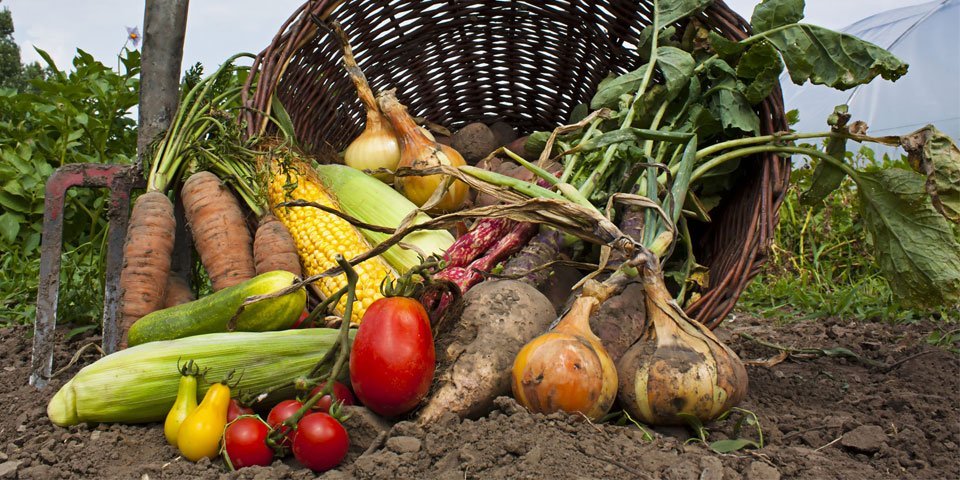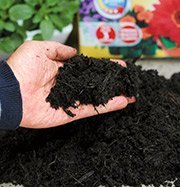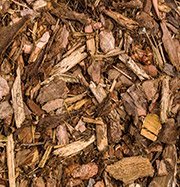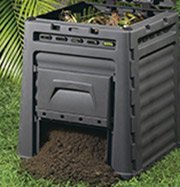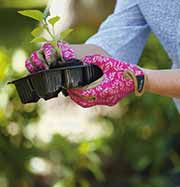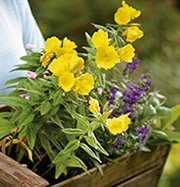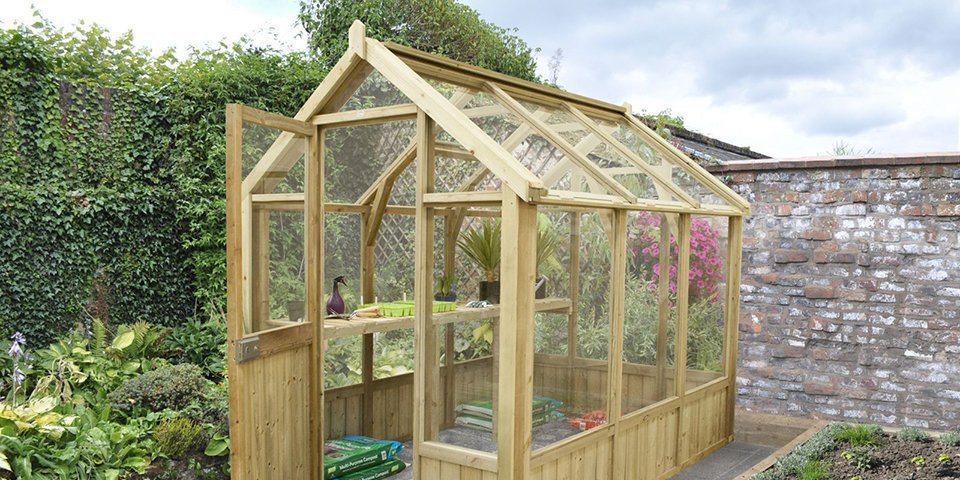Difficulty rating: Low
Organic gardening is fairly straightforward.
Step 1: Improve your soil for organic gardening
- Building up healthy soil is the single most important thing you can do in an organic garden.
- Use your time, energy and resources to improve the soil so that plants don’t run short of moisture or nutrients, this will help them to grow strong and at a faster rate.
- Healthy plants and crops are able to shrug off pest and disease attacks more easily.
Step 2: Grow the right plants in the right place
- Choose plants that are suitable for your garden.
- Don’t try to force plants into a place where they’ll never be happy just because you’d like to grow them there.
- Wherever possible use pest and disease-resistant varieties, this is particularly important for fruit and vegetables.
Step 3: Mix your plants up
By growing a wide range of different plants and mixing them together, any pest or disease that does become established will have less chance of spreading to similar plants nearby.
Step 4: Use natural materials & organic fertilizers
Try to use only natural materials in your garden. Remember man-made or manufactured chemicals and products can have a detrimental effect on the environment as a whole.
Step 5: Stay one step ahead
Be cunning and outwit pests. Prevent them causing trouble by encouraging their natural enemies, putting up traps and barriers, and sowing and planting at the appropriate time.
Step 6: Recycle as much as you can
- Composting is the key.
- Don’t throw anything away that could be recycled and used to improve the fertility of your soil.
- All once-living things from the garden or home can be rotted down to release nutrients that will act as an organic fertilizer that will benefit your garden, and help you garden organically.

